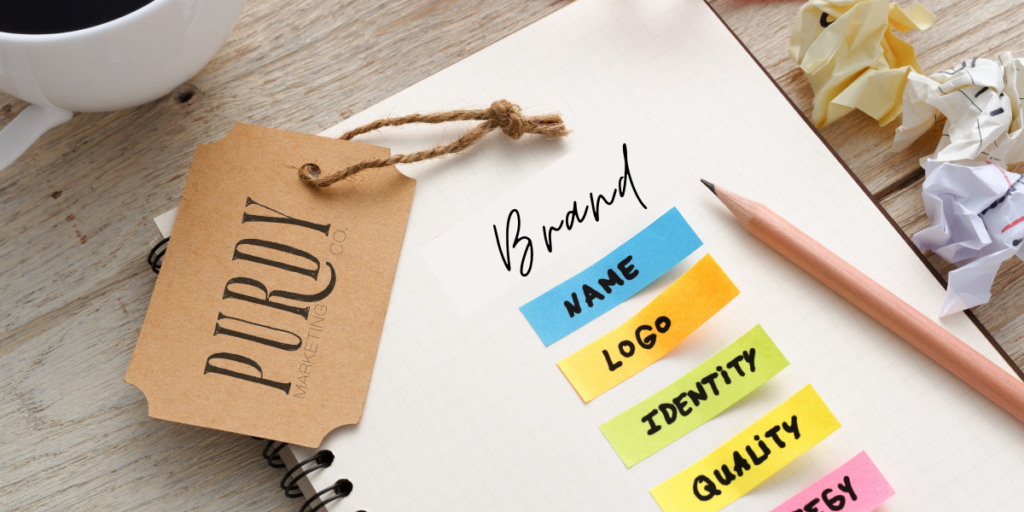communicating with color

Choosing a color palette is more than simply aligning your brand with a certain signature color – it also influences how your customers feel about your brand – and those feelings are heavily swayed by the colors you select. And while this may seem like a daunting task, you can use color psychology to help point you in the right direction.
Brand color psychology is the study of how color impacts the way a brand is perceived, and it can be a useful tool for creating powerful associations in the mind of your customers. And while there will always be an element of subjectivity when choosing your brand’s color palette, having a baseline understanding of color psychology will help guide you to a color that inspires the emotions you want to convey.
To help paint a clearer understanding of what each color represents, we’ve rounded up a handful of commonly used colors and psychological associations. Do keep in mind that when it comes to color psychology, context and culture do matter! So always consider the “big picture” when deciding which colors are right for you.
RED:
Positive: Power, energy, excitement, strength, fearlessness
Negative: Aggression, warning, danger, anger, pain
Brand Example: Netflix
YELLOW:
Positive: Optimism, happiness, creativity, warmth, clarity
Negative: Anxiety, frustration, caution
Brand Example: Bumble
BLUE:
Positive: Loyalty, serenity, dependability, trust
Negative: Cold, emotionless, uncaring
Brand Example: Ford
GREEN:
Positive: Health, growth, fresh, hope, prosperity, natural
Negative: Envy, stagnation
Brand Example: Starbucks
ORANGE:
Positive: Friendly, confidence, innovation, energy, friendly
Negative: Immaturity, deprivation, ignorance
Brand Example: Soundcloud
PURPLE:
Positive: Wisdom, sophistication, luxury, wealth, spirituality, ambition
Negative: Suppression, extravagance, moodiness
Brand Example: Twitch
BLACK:
Positive: Sophistication, security, power, elegance, authority
Negative: Heavy, cold, oppressive, evil, mourning
Brand Example: Nike
GREY:
Positive: Timelessness, neutrality, balance, reliability, intelligence
Negative: Blandness, depression, unconfident
Brand Example: Apple
Keep in mind that these color associations should act as loose guidelines rather than a strict rulebook. With a solid understanding of your brand positioning and personality, you can play with the tones, shades, and saturation of each of these colors to achieve the specific look and feel you’re trying to convey to your audience.



